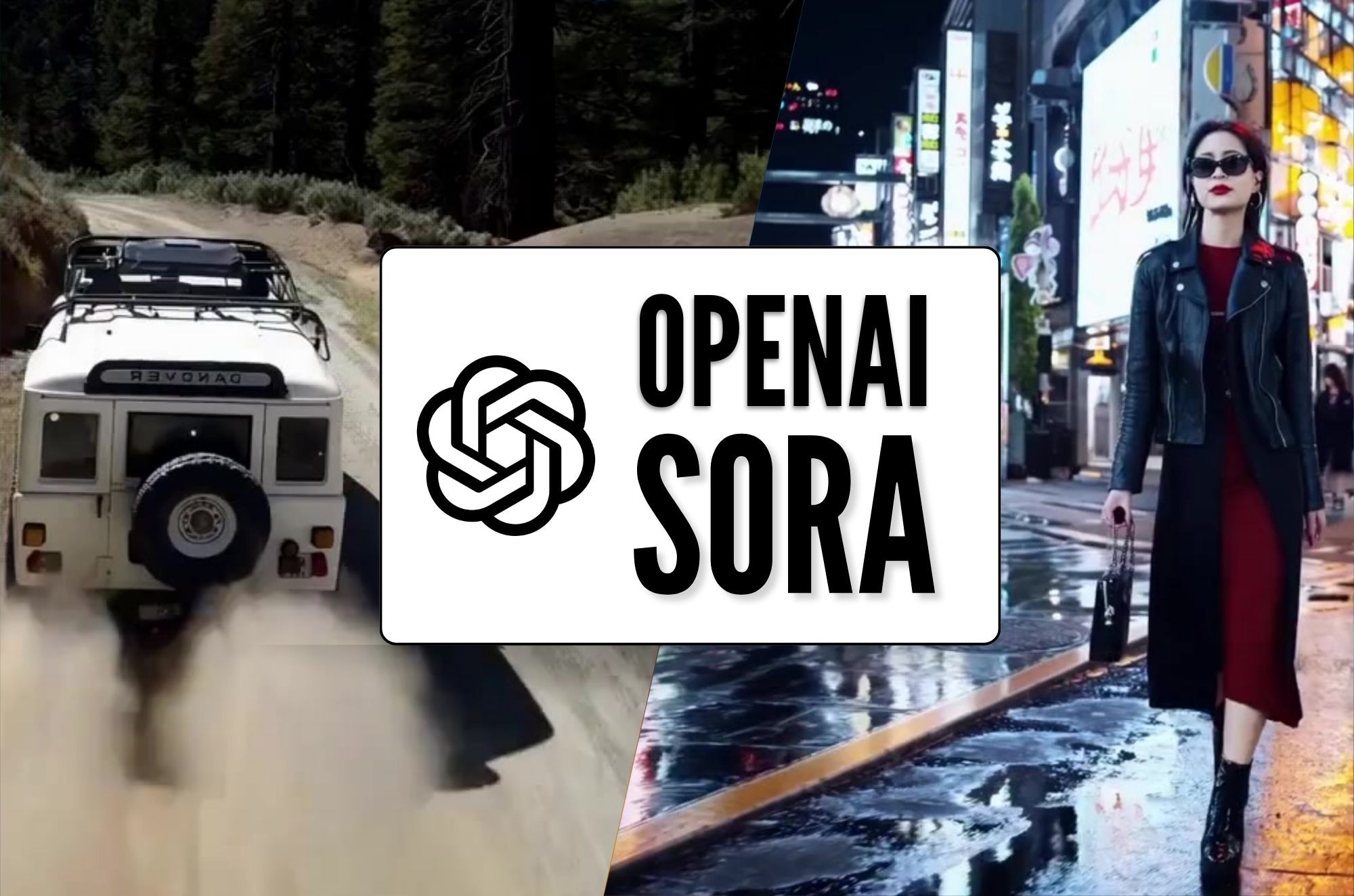Introduction
This week has been monumental for artificial intelligence, with industry giants making pivotal moves and groundbreaking models reshaping the competitive landscape. From OpenAI’s transformative restructuring to China’s disruptive GPT-4 competitor, and innovative breakthroughs from ByteDance and Meta, the AI world is buzzing with developments. Here’s your detailed analysis and expert commentary on the most impactful AI news this week.

OpenAI Restructures: A Public Benefit Corporation Era
OpenAI is making headlines again, this time with a controversial move to transition its for-profit arm into a public benefit corporation (PBC). Officially announced via their blog, this shift aims to unlock unprecedented funding opportunities while maintaining a mission-driven ethos.
OpenAI's Board of Directors is evaluating our corporate structure with the goal of making a stronger non-profit supported by the for-profit’s success. Our plan would create one of the best-resourced non-profits in history. https://t.co/6GvnMyCQmR
— OpenAI (@OpenAI) December 27, 2024
Key Highlights:
OpenAI’s nonprofit will retain significant shares in the new PBC entity.
This change follows a massive $6.6 billion funding round, valuing the organization at $157 billion.
The restructuring is designed to position OpenAI’s nonprofit as one of the most well-resourced in history, with aims to accelerate progress in healthcare, education, and scientific research.
However, the transition hasn’t been without resistance. Elon Musk filed a lawsuit in December to halt the move, while California nonprofit Encode has called for a pause, citing potential mission drift.
This restructuring reflects the balancing act OpenAI must navigate between innovation funding and adhering to its mission. While it could set a precedent for mission-driven tech companies, the path ahead will likely face scrutiny from both financial and ethical stakeholders.
China’s DeepSeek-V3: A GPT-4 Competitor Emerges
Chinese startup DeepSeek has introduced its flagship model, DeepSeek-V3, which rivals GPT-4 in performance while significantly lowering costs.
🚀 Introducing DeepSeek-V3! Biggest leap forward yet: ⚡ 60 tokens/second (3x faster than V2!) 💪 Enhanced capabilities 🛠 API compatibility intact 🌍 Fully open-source models & papers 🐋 1/n pic.twitter.com/p1dV9gJ2Sd
— DeepSeek (@deepseek_ai) December 26, 2024
Core Features
Boasting 671 billion parameters, DeepSeek-V3 uses a Mixture-of-Experts architecture.
Training costs were kept to a mere $5.57 million, compared to GPT-4’s estimated $500 million.
It excels in math and Chinese language tasks, achieving benchmark scores on par with leading closed models.
Criticism arose over potential reliance on GPT-generated data in training, raising questions about originality.
Why This Matters
DeepSeek-V3 underscores the narrowing gap between open and closed AI models. Moreover, it’s a testament to the resilience of Chinese AI research amidst U.S. chip sanctions. With cost-efficient innovation becoming a reality, the global AI landscape is poised for intensified competition.
OpenAI’s o3 Model: A Leap Towards AGI
OpenAI is not slowing down. This week saw the announcement of the o3 and o3-mini models, which achieve unparalleled performance across domains such as coding, math, and science.
Today, we shared evals for an early version of the next model in our o-model reasoning series: OpenAI o3 pic.twitter.com/e4dQWdLbAD
— OpenAI (@OpenAI) December 20, 2024
Performance Insights:
o3 surpassed its predecessor by over 20 points on a top coding benchmark.
Achieved a score of 87.7% on PhD-level science questions, outpacing human experts.
Scored over 25% on Epoch AI’s toughest math benchmark, where previous models struggled to reach 2%.
Broader Implications:
With these milestones, OpenAI moves closer to achieving artificial general intelligence (AGI). The model’s ability to solve novel problems and outperform humans in critical areas marks a paradigm shift in AI capabilities.
What’s Next?
We plan to deploy these models early next year, but we’re opening up early access applications for safety and security researchers to test these frontier models starting today: https://t.co/Gz1frHSYTw
— OpenAI (@OpenAI) December 20, 2024
The full release of o3 is expected early this year, while safety testers are already evaluating its capabilities. Its public launch could redefine how AI integrates into high-stakes domains like scientific research and advanced coding.
Meta’s AI Profiles: A Bold Engagement Strategy
Meta is pushing the boundaries of user engagement by integrating AI-generated profiles and characters across its platforms.
Notable Features
AI profiles come with bios, photos, and content creation capabilities.
Text-to-video generation tools allow users to insert themselves into AI-created videos.
Trials have already produced hundreds of thousands of characters, though most remain private.
Potential Risks
While innovative, this approach raises questions about authenticity and ethical use. Experts warn that without safeguards, such technology could propagate misinformation or harmful narratives.
Why It Matters:
Meta’s strategy indicates a shift toward leveraging AI for user-generated content at scale. This could transform social media interactions, blurring the lines between real and AI-generated personas.
ByteDance Revolutionizes Image Generation with FLUX
ByteDance has unveiled a groundbreaking compression method called 1.58-bit FLUX, reducing computational requirements for image generation without compromising quality.
ByteDance Research Introduces 1.58-bit FLUX: A New AI Approach that Gets 99.5% of the Transformer Parameters Quantized to 1.58 bits pic.twitter.com/6FkuL2F16l
— Chubby♨️ (@kimmonismus) January 1, 2025
Technical Advancements
FLUX compresses data into three simple values, reducing storage needs by 8x.
Software optimizations cut memory usage by 5x and boost speed.
Self-supervised training eliminates reliance on external datasets, ensuring robust performance.
Implications for AI Adoption
This breakthrough highlights the industry’s focus on making AI technologies accessible and scalable. By reducing computational barriers, ByteDance paves the way for broader real-world applications of AI-generated content.
Conclusion
This week’s AI developments paint a vivid picture of a rapidly evolving field. Whether it’s OpenAI’s strategic shift, China’s cost-efficient advancements, or Meta’s ambitious engagement plans, each story reflects the dynamism driving the AI revolution. As we delve deeper into 2025, staying informed and critically analyzing these trends will be key to understanding the future of technology and its impact on society.



